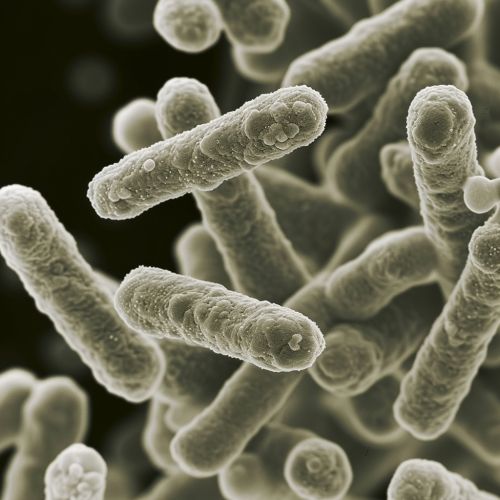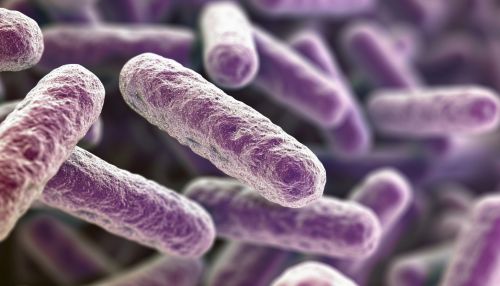Leptospirillum ferrooxidans
Classification and Description
Leptospirillum ferrooxidans is a species of bacteria that belongs to the genus Leptospirillum and the family Leptospirillaceae. This bacterium is a Gram-negative, rod-shaped, and motile organism. It is an obligate chemolithotroph, meaning it derives energy from the oxidation of inorganic compounds, specifically iron. L. ferrooxidans is also an acidophile, thriving in extremely acidic environments with a pH range of 1.5 to 2.5.


Metabolism
L. ferrooxidans plays a crucial role in the biogeochemical cycling of iron. It oxidizes ferrous iron (Fe2+) to ferric iron (Fe3+), a process that provides energy for the bacterium's growth and reproduction. This iron oxidation is an example of chemolithotrophy, a form of metabolism where energy is derived from the oxidation of inorganic compounds.
Habitat and Distribution
L. ferrooxidans is found in a variety of environments worldwide, particularly in acidic, iron-rich environments such as acid mine drainage and sulfuric hot springs. It can also be found in bioleaching operations, where it aids in the extraction of metals from ores.
Role in Bioleaching
L. ferrooxidans is one of the key players in the process of bioleaching, the extraction of metals from their ores through the use of living organisms. The bacterium's ability to oxidize iron and sulfur compounds is exploited in bioleaching to convert insoluble metal sulfides into soluble metal sulfates, facilitating the extraction of valuable metals such as copper and gold.
Genomics
The genome of L. ferrooxidans has been sequenced, providing insights into the bacterium's metabolic capabilities and its adaptation to extreme environments. The bacterium's genome contains genes involved in iron and sulfur oxidation, acid resistance, and heavy metal resistance, reflecting its specialized lifestyle.
Impact on Human Health
While L. ferrooxidans is not typically pathogenic to humans, it can pose a risk to human health in certain situations. For instance, exposure to high concentrations of the bacterium in environments such as acid mine drainage can lead to respiratory problems.
